Mastering Land Preparation: Essential Steps for Successful Farming

Land preparation, also known as tillage practice, is a crucial process in crop harvesting. It enhances crop yield and controls pest invasion and crop diseases. In this blog, we will discuss the common steps and implements used for land preparation.
Table of Content
Introduction
Farming starts with proper planning, and land preparation is the first step in achieving success in farming. The purpose of land preparation is to provide the best soil condition for the crop in order to achieve a higher yield. It ensures adequate water and fertilizer usage, ensuring no wastage of water and expensive fertilizers, resulting in big savings for the farmers.
A good land preparation practice leads to pest and weed control, better soil structure, better nutrient content in the soil, adequate water usage and more.
In India, multiple crops are grown in different regions, and each one requires specific conditions for growth. Thus, the land preparation technique will be different according to the type of terrain and crop grown. Land preparation will be different in hilly areas compared to the technique used in orchards. Thus, we will discuss the common practices involved in land preparation in India.
Steps Involved in Land Preparation
Before starting the land preparation process, you need to choose the crop type which you want to grow on the prepared land. After that, you can start the process accordingly, which involves several steps:
Soil Testing
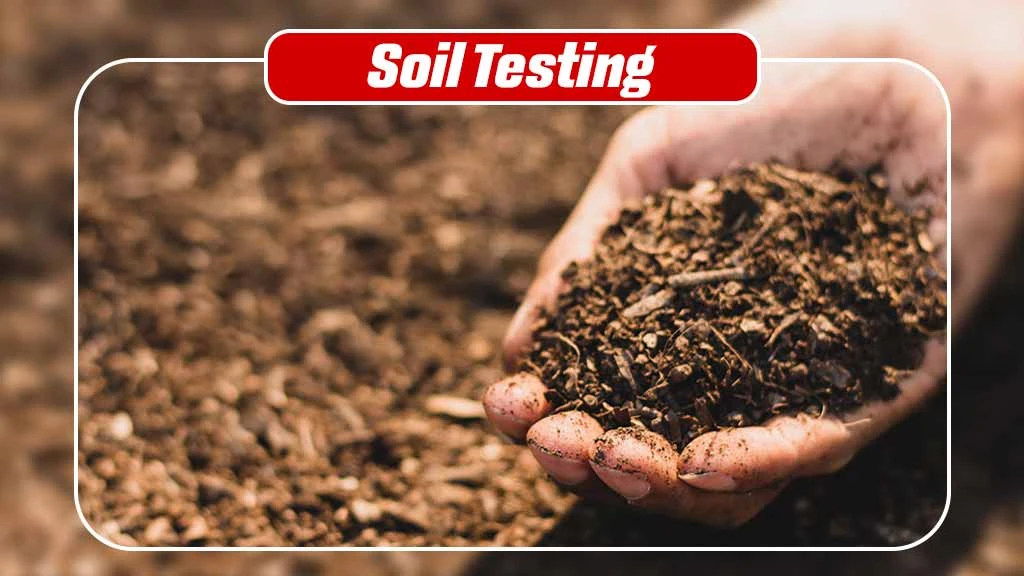
In soil testing, the first step involves testing the pH, nutrient contents and fertility of your soil. An ideal pH level and proper nutrients is important for better crop production. You can collect the soil samples and get the tests done from your nearby lab. The Indian government is supporting the soil testing process by offering several schemes. You can use the government’s Soil Health Card Scheme to get your soil testing done and learn about the nutrient content and fertility of the soil.
Levelling
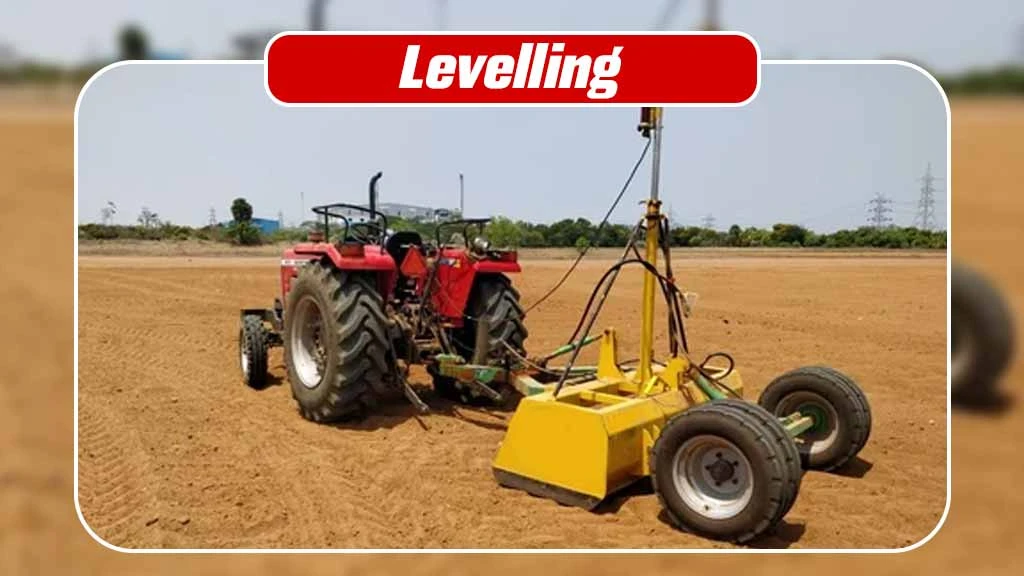
Levelling is required to level the soil surface as the surface may be uneven due to the ridges and furrows of the previous crop. The field may also have loose soil because of water logging because of natural formation of pits. If the soil is loose, there is a chance of washing away during rains and high winds. So, you need to level the soil using a leveller.
A better irrigation channels are required for even water distribution. If you are using a drip irrigation technique, then levelling the soil becomes highly crucial. If the water is evenly distribution, then crop production will be even. Implements, such as Laser land levelers, help in even water distribution and prevent logging during irrigation.
Ploughing
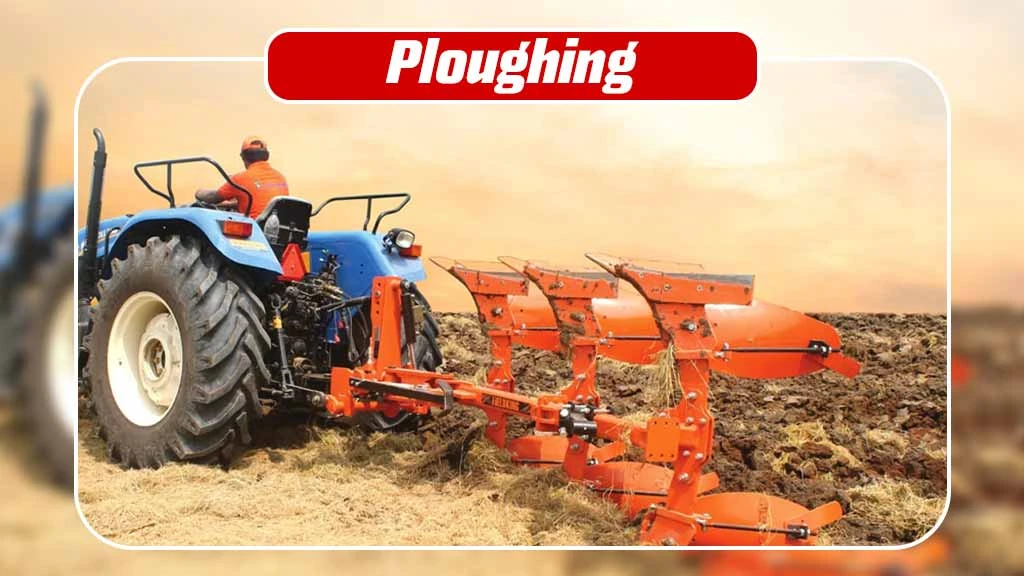
Ploughing is the practice of breaking and turning the top layers of the soil to loosen it and mix it with crop residues. It is a primary tillage practice that helps bring soil nutrients to the surface and improves air circulation. It also allows plant roots to dig deeper into the soil for better crop growth. Ploughing can be done using ploughs.
Harrowing
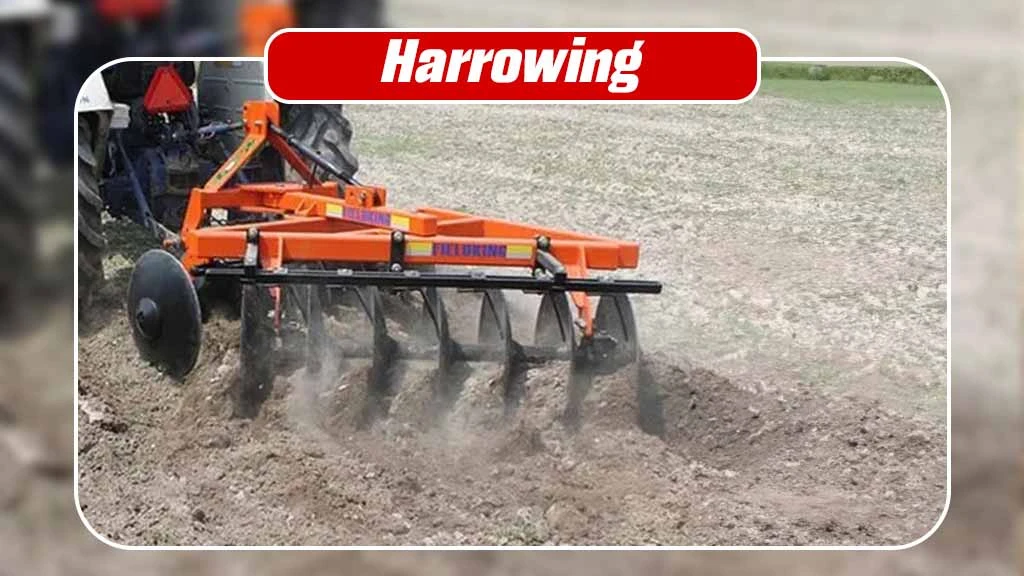
The next step is harrowing, which is a secondary tillage practice. It involves breaking soil clods and making it ready for levelling. Once the soil is free from previous crop leftovers, you can perform harrowing using a disc harrow. After that, you can use rotavators to dissolve the soil clods for uniform and fine-sized clods in the seedbed.
Seedbed Preparation
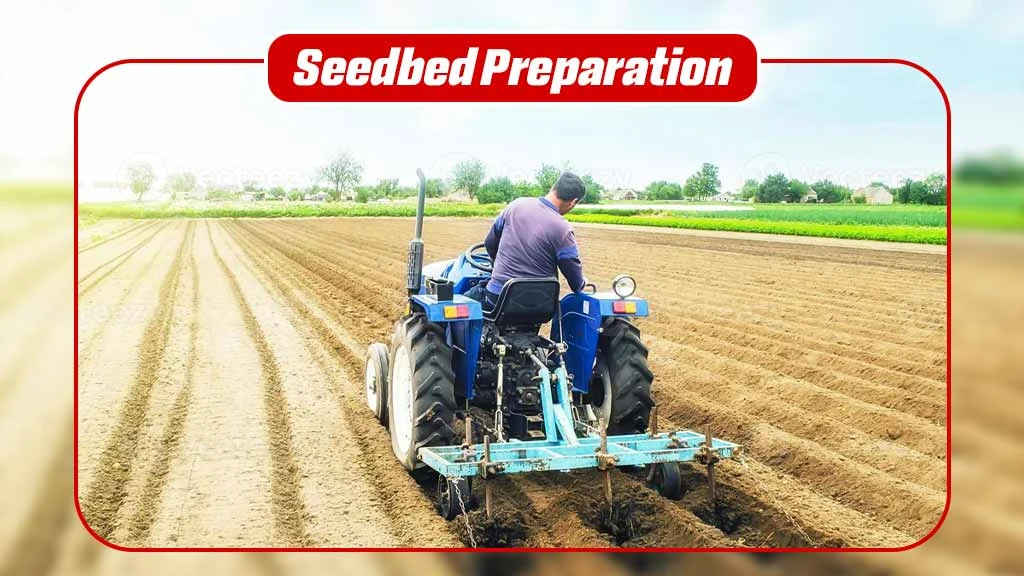
Seedbed preparation depends on the soil type and seeds. Since different crops have different planting techniques, you need to prepare the seedbed according to the crop type. For example, if you are planting potatoes, you need to create furrows at a distance of around 50 to 60 cm. In case of sugarcane, the furrow size will be increased.
Tractor Implements for Land Preparation

The land preparation can be done using a wide range of tractor implements, such as:
You can get all these land preparation implements on Tractorkarvan right at your fingertips. If you want to buy any tractor implements and need guidance, contact Tractorkarvan anytime. We are here to help you buy your preferred implements. Moreover, you can also take a loan to buy the land preparation implements from Tractorkarvan. You just need to reach out to us or fill in your details; we will get in touch with you.


Related Blogs












